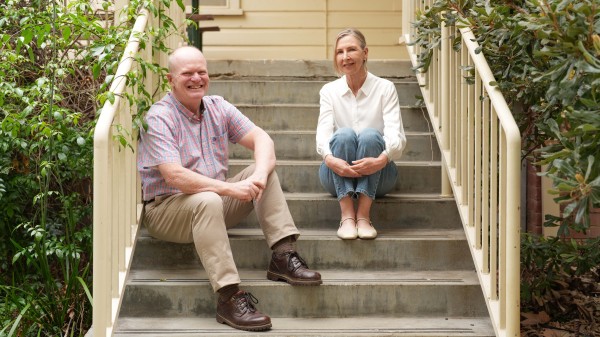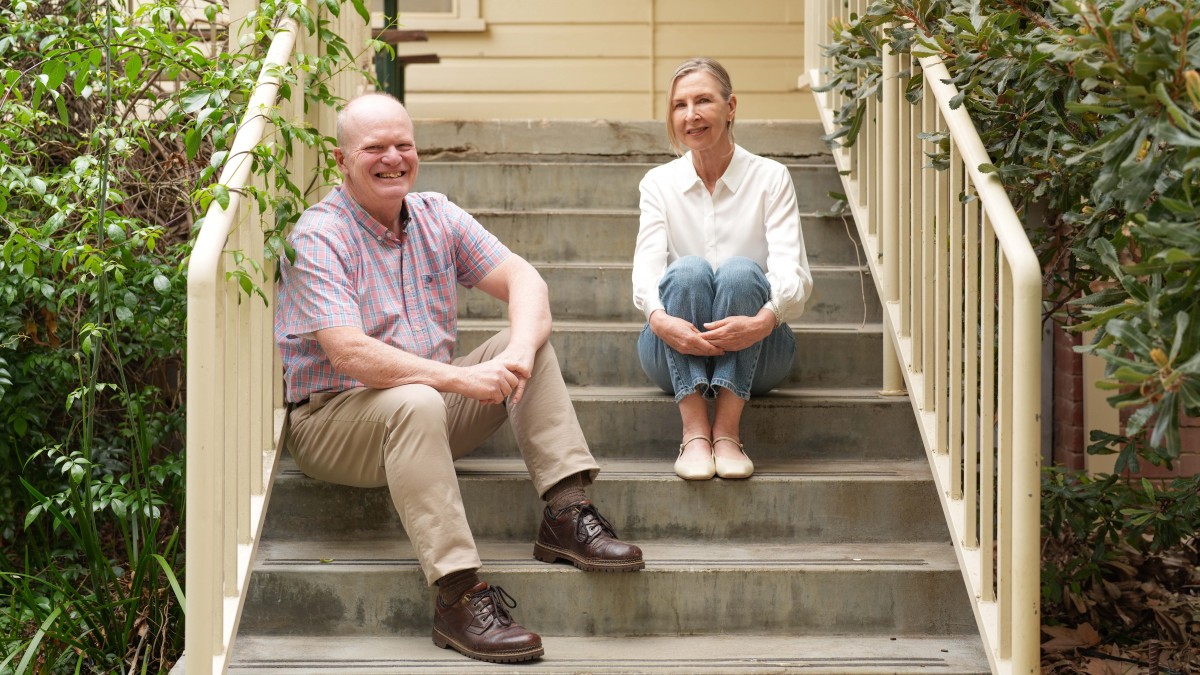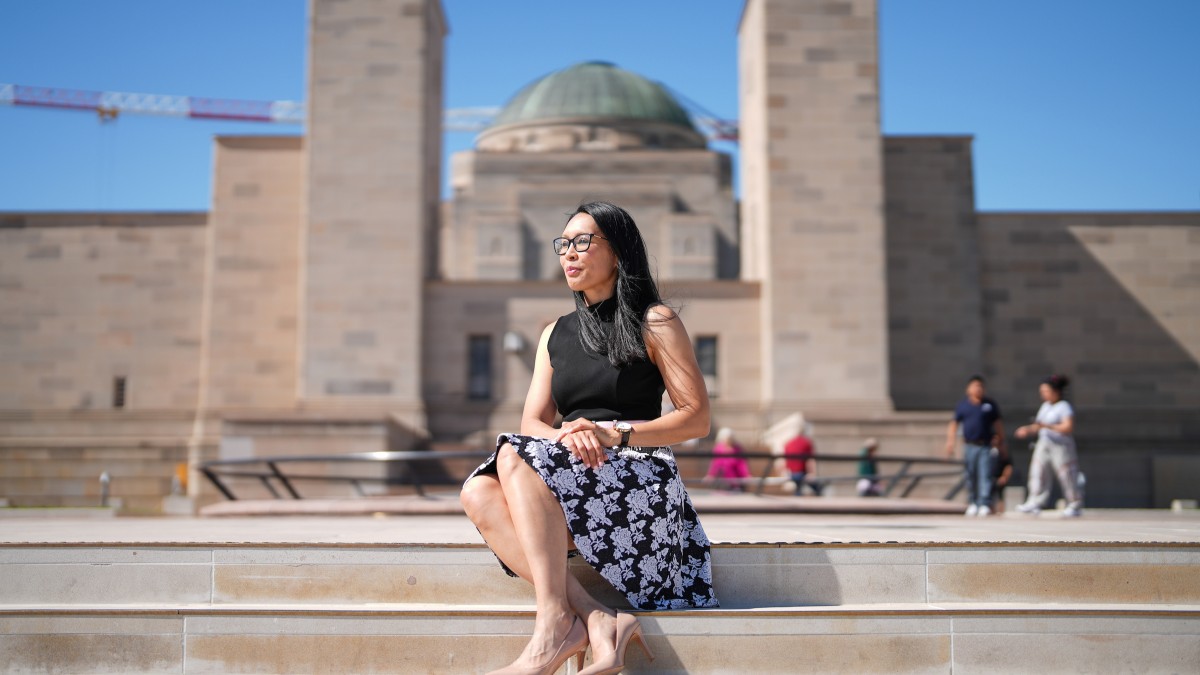Many people who grew up with the tradition of Santa can remember the heart-breaking moment when the myth was busted.
However, some people have rich and deep memories of seeing the famous man in a red suit visiting them in the middle of the night. But how can we develop memories that are not real?
Memory expert Dr Eryn Newman, from The Australian National University, understands why we might develop vivid memories when we know they are not true.
"We can have fully fledged memories of an event that didn't happen. How people come to believe and remember things that aren't real really has to do with the reconstructive nature of memory," said Dr Newman.
"Santa is one of those examples where people can have really rich and deep memories of seeing Santa Claus delivering presents or they might remember Santa coming down the chimney.
"They will describe those events with vivid detail but they are also very aware that the memory they are experiencing - and it really is a memory - isn't actually true."
Dr Newman says memories like these are called "non-believed" memories.
"Trying to decide whether a memory is real or not is often trickier than we might expect," said Dr Newman.
"These kinds of memories are often from childhood so they are a little bit fuzzy because it is a long time ago.
"How people decide whether a memory is true or not requires a subset of criteria. These include whether it is vivid, if it has sensory detail, does it build a coherent narrative, and is it full of spatial information.
"These sort of non-believed memories - like remembering Santa - pass these tests. But, when you think about the plausibility of these memories, that's when they fall apart.
"It's like when you are at a family dinner and you say 'I remember that trip'. And a relative says, 'you can't, you weren't born yet'. But because the memory is based on stories you've been told, or photos you've seen, you think it's real."
The researchers says there is evidence that people come to remember many different kinds of events that never actually happened.
"The sort of fantastical nature of Santa can be relegated to the non-believed memory early because of the nature of that memory - it is not very coherent and it is not very plausible," Dr Newman said.
"But there is very good evidence that people can come to believe and remember things that are not true. Other false memories may be harder to fact-check.
"Just like fake news, repeated retelling strengthens our belief. Repeated exposure increases the chances that people believe information."
Dr Newman says, who is an expert on how people find truth in a fake-news era, said parents also propel the story.
"My own parents were particularly creative - we often woke up on Christmas Day to find chewed carrots and reindeer footprints made out of flour on the front porch," said Dr Newman.
"Apparently we never clued in that it was in fact flour, rather than some kind of magical snow that did not melt."










